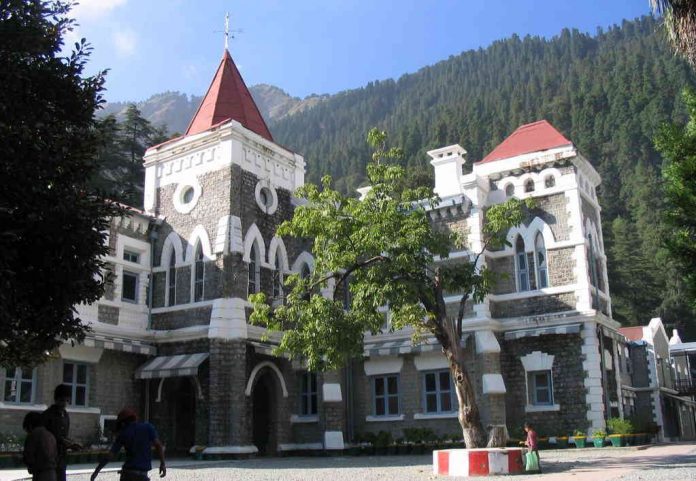The Uttarakhand High Court sought commitment from the Forest Department with regard to the compensatory afforestation of Sal trees, “tree by tree,” in connection with the construction of a road passing through the Rajaji National Park.
The Division Bench of Chief Justice Raghvendra Singh Chauhan and Justice Alok Kumar Verma heard a Public Interest Litigation (PIL) on September 8, which challenged the construction of a road passing through the Rajaji National Park, as proposed by the National Highways Authority of India (NHAI).
The plea contended that initially, a road on the surface was proposed, but subsequently, an elevated road was proposed at the site, covering a distance of 3.5 km.
Abhijay Negi, Counsel for the petitioner, submitted that even if an elevated road were to be constructed by NHAI, it would still entail cutting of large number of trees, especially 1622 Sal trees. According to the Counsel, the cutting of such a large number of Sal trees will adversely affect the ecology of that area.
On the other hand, the Counsel for the respondents, particularly for the Forest Department, contended that merely cutting of 1622 Sal trees will not adversely affect the ecology of the area. Moreover, it is the duty of Forest Department to carry out compensatory afforestation, that is, to replace trees with trees. The Department is duty bound to plant large number of Sal trees in order to make up the loss of 1622 Sal trees.
The Bench, after hearing submission from both the parties, sought commitment from the Forest Department with regard to the compensatory afforestation of Sal trees, ‘tree by tree’ and fixed the matter for September 22 further hearing. The Court directed the Forest Department to submit the following information:
(i) How many Sal trees are growing in the Rajaji National Park?
(ii) How many trees are to be replanted in order to replace the cutting of a single tree?
(iii) Where would this re-planting of Sal trees be carried out:
a. Whether within the confines of the Rajaji National Park or in some other part of the District, or in some other part of the State?
(iv) Who shall be responsible for ensuring that the substituted Sal trees are well maintained for a period of ten years?
(v) In case, Sal trees cannot be planted, as according to the counsel for the petitioner, the regeneration of the Sal trees is a complex problem, which species would beneficially replace the Sal trees.
(vi) Whether such trees can easily be grown in Uttarakhand or not?


